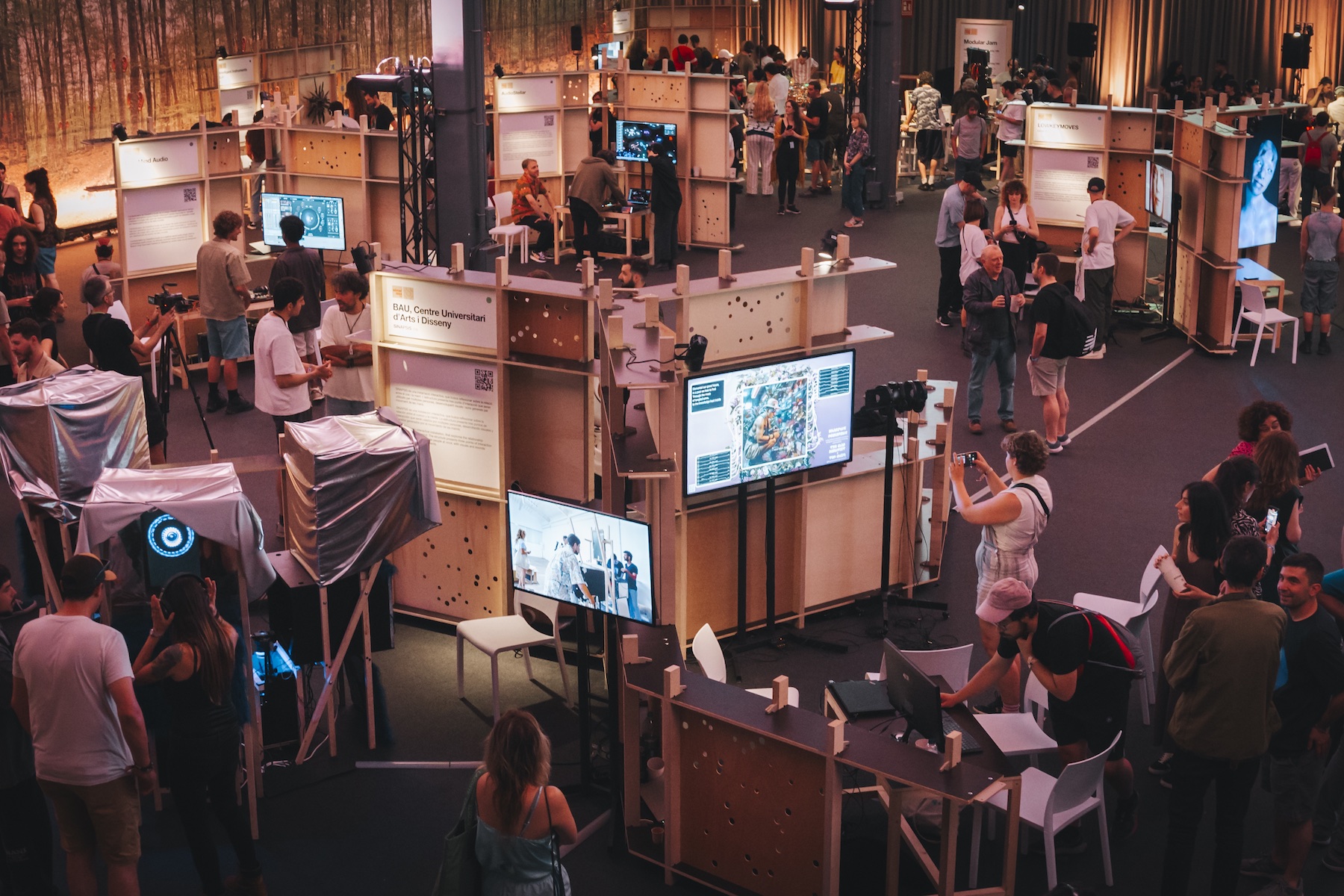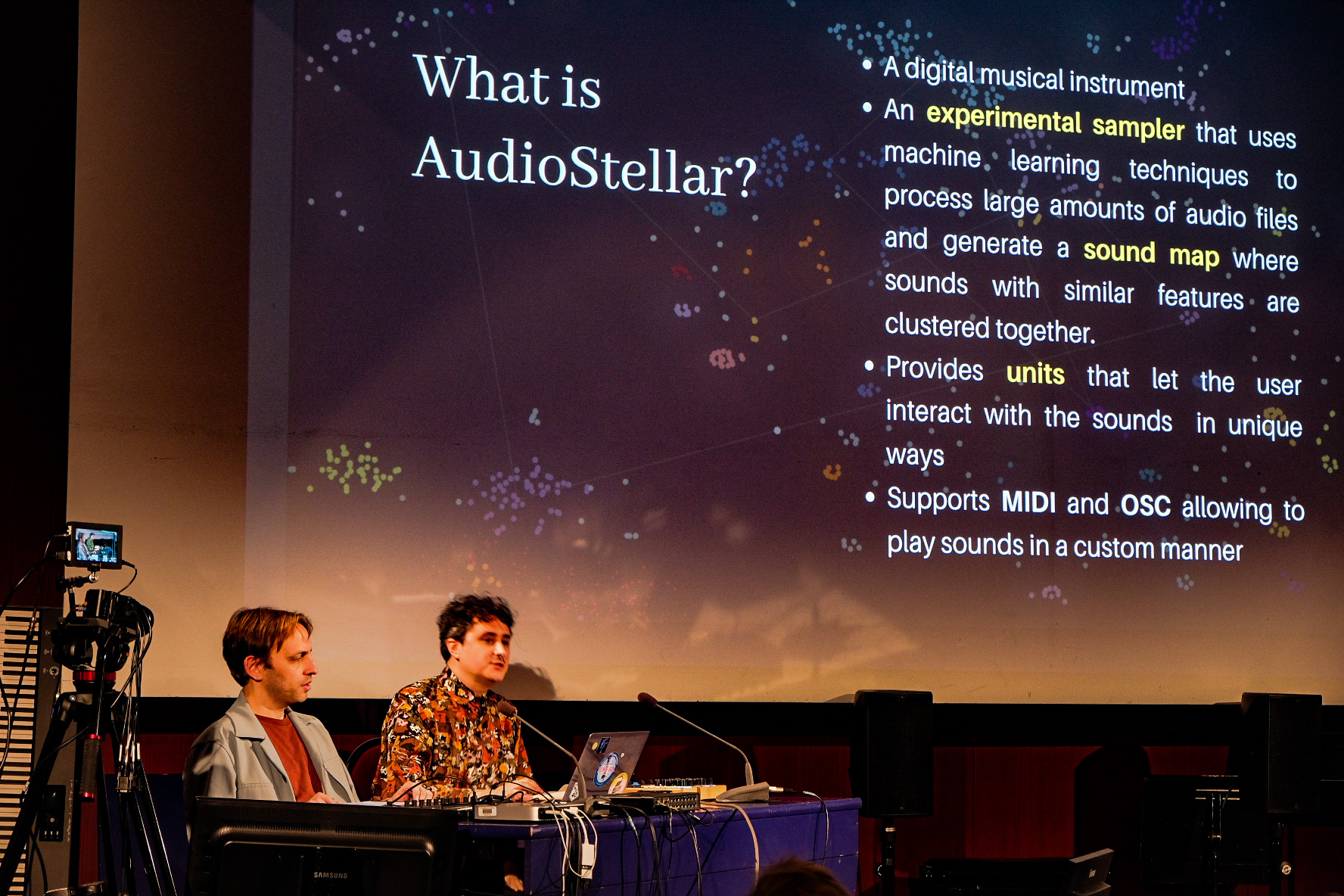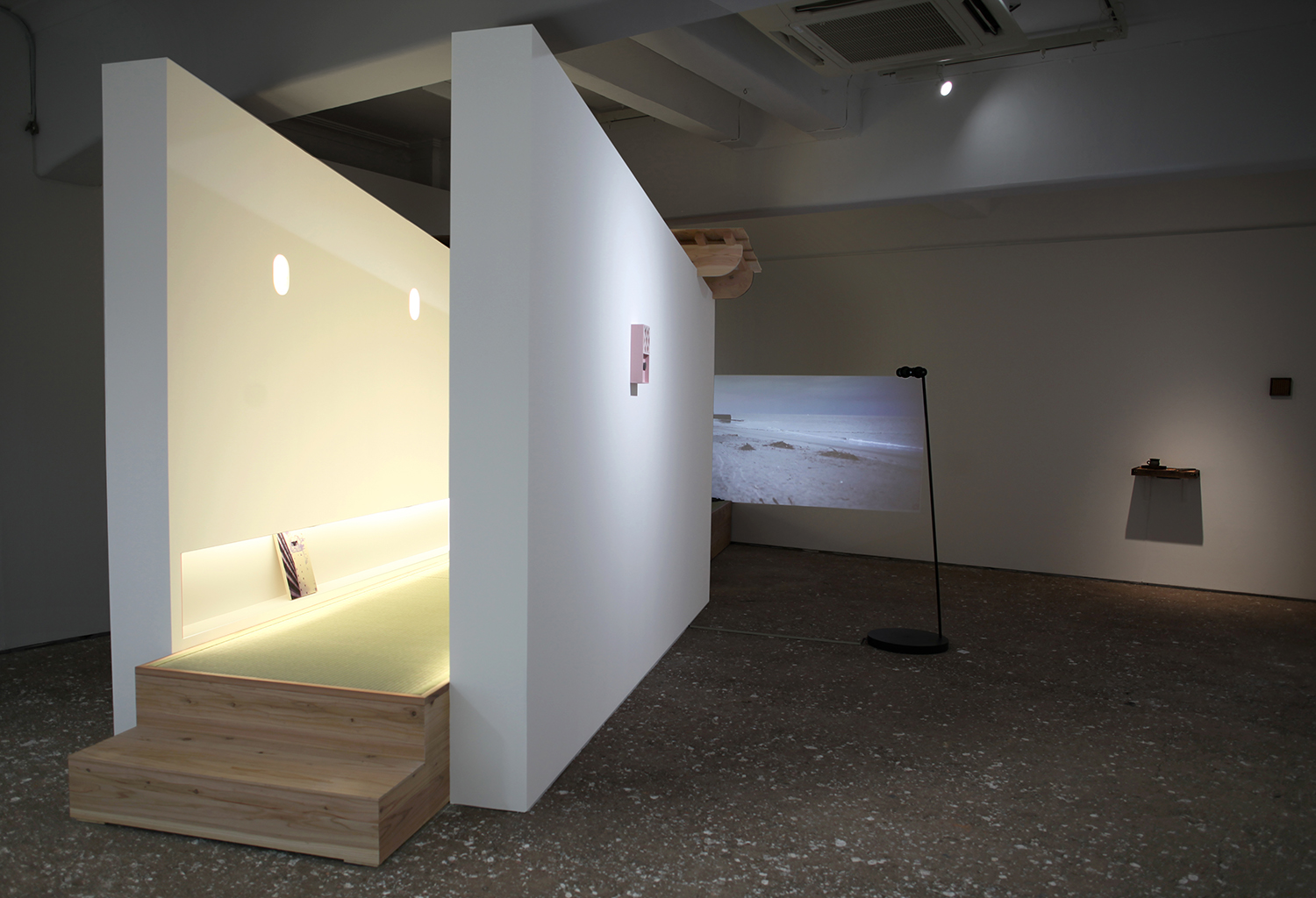
AudioStellar at Sonar+D, Barcelona
We’re excited to share our wonderful experience at Sònar Festival 2024 in Barcelona. A huge…
Recorded the 7th of February 2021, at Studio B of the Tokyo University of the Arts.
Filmed and directed by Louise Rouse, assisted by Albert Yonathan Setyawan.
“At the end, there is a melody” is a loop-based music composition that uses AudioStellar as the main interface to control audio samples and analogue synthesizers. Even though it is performed following a basic score, the way these software are used makes every live performance of this piece unique.
The composer uses Audiostellar, a new audio software that has been developed while the music piece was being composed. Audiostellar is a cutting edge audio software that uses Machine Learning to organize pre-selected audio samples in a 2D latent space, accordingly to their spectral characteristics. Nearby points correspond to spectrally similar sounds, while far away points are dissimilar ones. This enables the user to explore a sound library or field recording aided by AI, that reveals a latent structure present in the sound files.
Additionally, the software includes a group of innovative tools capable of manipulating the reproduction of this samples in creative ways using various sonic exploration modes, leading to unexpected sonic results and random rhythms.
“At the end, there is a melody” is the music result of a 2-year research for developing new interfaces to control analog synthesizers. On this composition, Audiostellar’s virtual interface is used to control and manipulate analogue synthesizers through OSC and MIDI messages. This system allows the performer to take advantage of the multiple tools included in AudioStellar to play different notes or changing the value of multiple parameters of the instrument at the same time. This powerful tool creates a new approach to control synthesizers without the use of standard keyboards, faders or knobs.
Thanks to 鄭瑀 (Teiiii), 顧昊倫 (Haolun Gu), 安野太郎 (Taro Yasuno), Juan Ford, Mari, Francisco López, Lechu Beckerman y Profesor 丸井(Marui), Profesor 後藤(Goto), Profesor 亀川(Kamekawa), and the students that helped in the live and recording process.
.

We’re excited to share our wonderful experience at Sònar Festival 2024 in Barcelona. A huge…

Nuestra presentación en @ircam_paris hablando sobre lo que más nos gusta, @audiostellar.xyz. Muchas gracias a todos los…

In this exhibition, two long-term residents of Japan, Louise Rouse and Agustín Spinetto, artistic researchers…